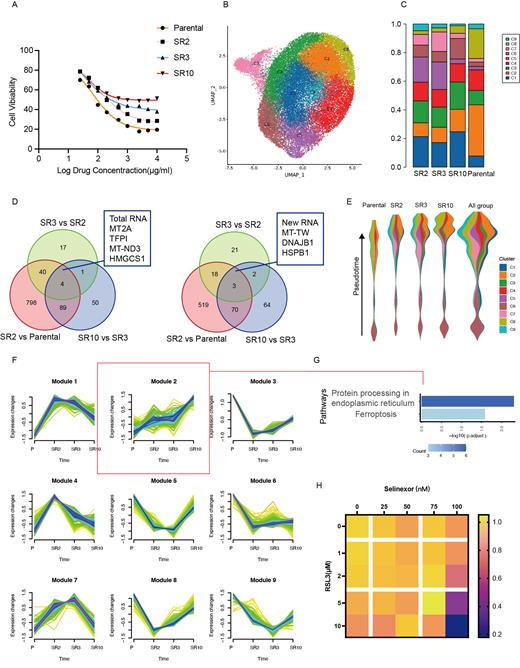Chronic myeloid leukemia (CML) is a hematopoietic neoplasm caused by BCR-ABL chimeric oncogene. The administration of tyrosine kinase inhibitors (TKI) has been shown to significantly improve the prognosis of the CML cases. TKI-resistance may lead to progression of the disease into accelerated and blast phases. To tackle this problem, there are currently several strategies that can be employed to manage or overcome the difficulties associated with TKI-resistance.
Selinexor is a small molecule inhibitor that targets the nuclear transporter Exportin 1 (XPO1). This inhibition leads to disruptions in various signaling pathways involved in tumor cell cycle regulation, DNA repair, and apoptosis. In CML, Selinexor can increase the nuclear-cytoplasmic distribution ratio of BCR/ABL, cause cell cycle arrest, inhibit the proliferation of CML cell line K562, and exhibit anti-tumor properties in mouse model. When combined with imatinib, Selinexor can effectively disrupt the nuclear-cytoplasmic transport signal of leukemia stem cells, resulting in reduced formation of clones and increased apoptosis.
In this work, we were aiming at investigating the mechanism of drug-resistance of Selinexor in CML cell lines K562. We performed single cell dynamic transcriptome sequence to analysis intratumor heterogeneity of subpopulation of CML and identified key gene expression changes that occur as Selinexor-resistance. We generated Selinexor-resistant (SR) lines by culturing K562 cell lines with increasing concentrations of Selinexor. At first, we conducted an analysis of differential gene expression between the parental group and various levels of SR groups. Our findings revealed differential expression patterns in MT2A, TFPI, MTND3, and HMGCS1 in total RNA, as well as MT-TW, DNAJB1, and HSPB1 in newly synthesized RNA, within both the parental and drug-resistant groups. These results suggest that mitochondrial metabolism and heat shock proteins play a significant role in the regulation of cellular drug resistance. Furthermore, we found hallmark signaling pathways of epithelial mesenchymal transition and protein secretion upregulated in SR groups.
Through the application of pseudo-time analysis, it was observed that cluster 6 persisted in both the parental and drug-resistant groups, and displayed characteristics indicative of tumor stem cells. Notably, a set of distinct genes were identified that distinguish cluster 6 from the other clusters, these genes are associated with lysosomes and ferroptosis pathways by KEGG enrichment analysis. Next, it was determined that the gene set in the newly synthesized RNA exhibits a consistent upregulation by the expression pattern clustering analysis. Within this gene set, we revealed an enrichment of the endoplasmic reticulum protein processing and ferroptosis signaling pathway.
Finally, to provide additional evidence for the ferroptosis-related pathway in the SR group, we observed that the expression of ferroptosis-inhibitory molecules FTH1 and SLC7A11 increased gradually with the development of drug resistance. Conversely, the expression of ferroptosis-driving molecules HMGB1 and MTDH decreased gradually. Subsequently, in vitro experiments were conducted to validate that the combination of the ferroptosis inducer RSL3 can effectively overcome Selinexor resistance.
In summary, this study identified a subgroup exhibiting tumor stem cell properties. Additionally, it demonstrated that the combination of ferroptosis inducer can improve resistance to Selinexor. Through single-cell dynamic transcriptome RNA-seq technology, this investigation elucidated the mechanism of resistance to Selinexor in the K562 cell line, highlighting the potential involvement ferroptosis in drug resistance. These findings offer novel insights for the treatment of CML.
Disclosures
No relevant conflicts of interest to declare.


This feature is available to Subscribers Only
Sign In or Create an Account Close Modal